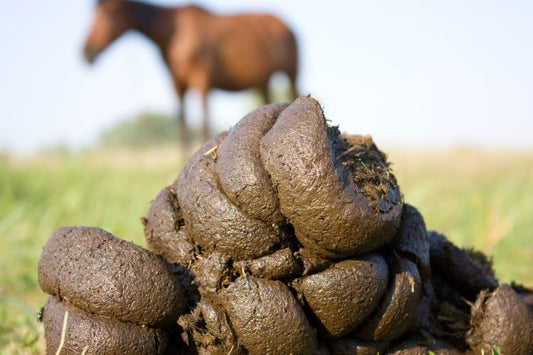Collection: Equine Laboratory Testing



Equine Parasitology
Both external (mites, lice) and internal parasites (redworms, roundworms, tapeworms, etc.) affect horses globally. Infestations with external parasites can lead to severe itching and hair loss, while internal parasites are commonly linked to poor performance and weight loss. They may also cause diarrhoea, colic, and, in some cases, death.
Testing for external parasites involves microscopic examination of plucked hair, while internal parasites are primarily detected through microscopic analysis of faeces, although other methods can also be utilized. Timely and accurate testing is crucial for (i) identifying the parasites present in your horse, (ii) determining if deworming treatment is necessary, and (iii) selecting the most effective drugs for treatment.
The IEC offers the following tests for detecting parasites in horses:
|
Test |
Parasite Detected |
Comment |
|
Faecal Egg Count (FEC) |
Large and small redworms, roundworms, threadworms |
Results are expressed as eggs per gram (EPG) of faeces. Treatment may be needed above certain EPG thresholds. Repeated FECs should be used to assess anthelmintic efficacy. |
|
Tapeworms |
Tapeworm eggs |
Results are expressed as EPG. Shedding of tapeworm eggs can be intermittent; a negative result does not rule out infection. |
|
Fluke Egg Screen |
Liver fluke |
Results are reported as ‘detected’ or ‘not detected’. Liver fluke infections may not produce detectable eggs. |
|
Baermann Technique |
Lungworm |
Detects the presence of lungworm larvae in faeces. A negative result does not exclude lungworm infection, as it may not always lead to a patent infection. |
By utilizing these tests, horse owners can effectively manage and mitigate the risks associated with parasitic infestations.
-

 Sold out
Sold outEquine Laboratory Testing
Regular price £0.01Regular priceUnit price / per


